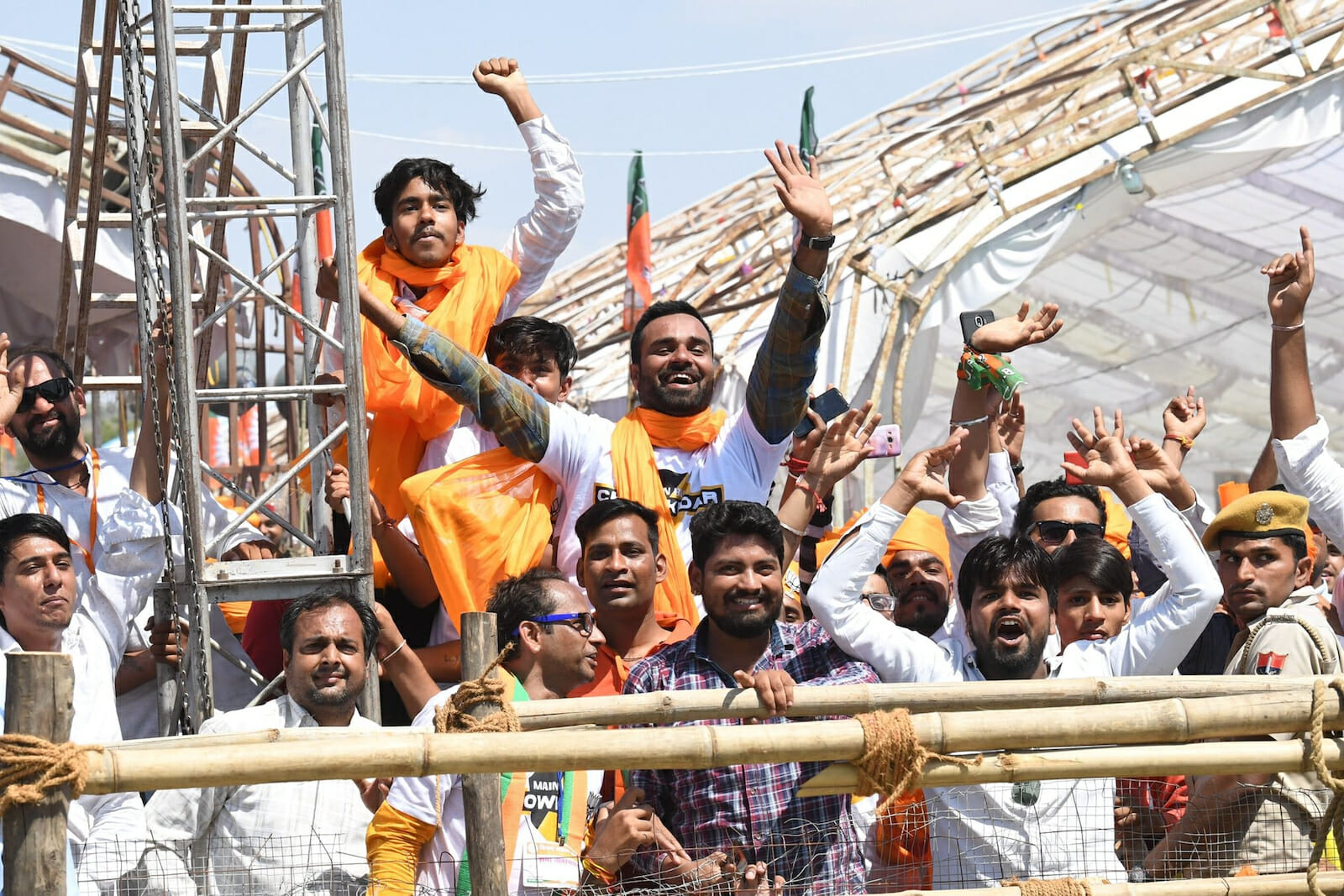
Culture
What is at Stake in Ayodhya?
Hindu nationalists are celebrating the end of what they consider to be a centuries-long fight, and hailing the beginning of Hindu revival – at the expense of India’s Muslim population.
On Wednesday, Prime Minister Narendra Modi laid the ceremonial cornerstone of the Ram Temple in Ayodhya. This religious and political gesture has been long awaited for nearly three decades by Hindu nationalists. It has also been dreaded with equal vigor by their opposition.
Modi’s actions were considered highly controversial due to the long historical legacy at the site. Ayodhya is the former home of Babri Masjid, also known as Babur’s Mosque, an architectural testament to India’s protracted Mughal history. On December 6, 1992, Hindu activists dismantled the more than 400-year-old mosque bit by bit until nothing remained.
Hindu significance of Ayodhya stems from the Ramayana, one of the most regarded Hindu epics. Ayodhya is the birthplace of Rama, who is the human incarnation of the Hindu God Vishnu. To the pleasure of his base, Modi has finally vowed to build a Hindu temple in Ayodhya dedicated to Rama. Modi proudly declared, “The wait of centuries is coming to an end.”
The significance of Modi’s decisions cannot be overstated. It is clear that this move invigorates an increasingly radical Hindu nationalist movement within India. Time and time again, Modi uses Islamophobic rhetoric to gain political traction and defeat his more moderate opponents. For example, when Modi was the chief minister of the province of Gujarat in 2002, he inflamed Hindu anger toward Muslims, which many observers have claimed contributed to the deadly Gujarat riots that followed shortly after his remarks. Despite the widespread violence of the riots, such inflammatory rhetoric proved to be politically successful and propelled Modi to election victories. Modi’s advances in Ayodhya auspiciously boost his popularity during a time of economic challenges under the weight of COVID-19.
The issue of the Ram Temple in Ayodhya goes beyond Indian domestic political maneuvering. It has concrete implications for India’s nearly 200,000 Muslims. The Hindu nationalist narrative presents the conflict in Ayodhya as a story of restored justice and redemption. Although archaeological claims are disputed, many Hindus believe that there was once a Hindu temple in Ayodhya that was destroyed by the Mughal Empire. And, as Modi’s remarks make clear, he casts the conflict as a story as one of centuries of injustice under Muslim oppression.
Even though India has not been effectively ruled by Muslims for two centuries, Hindus in India to this day regard Muslims as a favored minority. For instance, in 1988, the Indian government for the first time ever banned a book, Salman Rushdie’s, The Satanic Verses, as it was considered blasphemous by many Indian Muslims. Indian Hindus have used this decision as an example of how the Indian government is soft on Muslims and affords them privileges unavailable to Hindus.
In reality, Muslims are one of the poorest demographic groups in all of India and have limited access to political or economic power. Muslims are not considered part of the Hindu caste system and thus, are excluded from governmental forms of assistance that support lower caste Hindus. In general, Muslims in India have adopted a strategy of refraining from politics. The majority of Muslims active in politics support the Congress Party, historically the largest party in India and a staunch proponent of secularism. Islamist politics have not become mainstream among India’s Muslims. In fact, Muslims in India are far from a monolithic group but live scattered across the country and possess a range of political interests and motivations.
The narrative that Modi spins of Hindu triumph against Muslim oppression obscures the lived reality of Muslims as second-class citizens. How the events are unfolding in Ayodhya is not merely a reflection of growing Hindu nationalism. By allowing the Ram Temple to be built, the Indian government is actively constructing an Indian future that is exclusionary and potentially destructive to Muslim communities. The Ram Temple is not a restoration of a long-lost past, but an overwriting of history and an erasure of Muslim rights.
